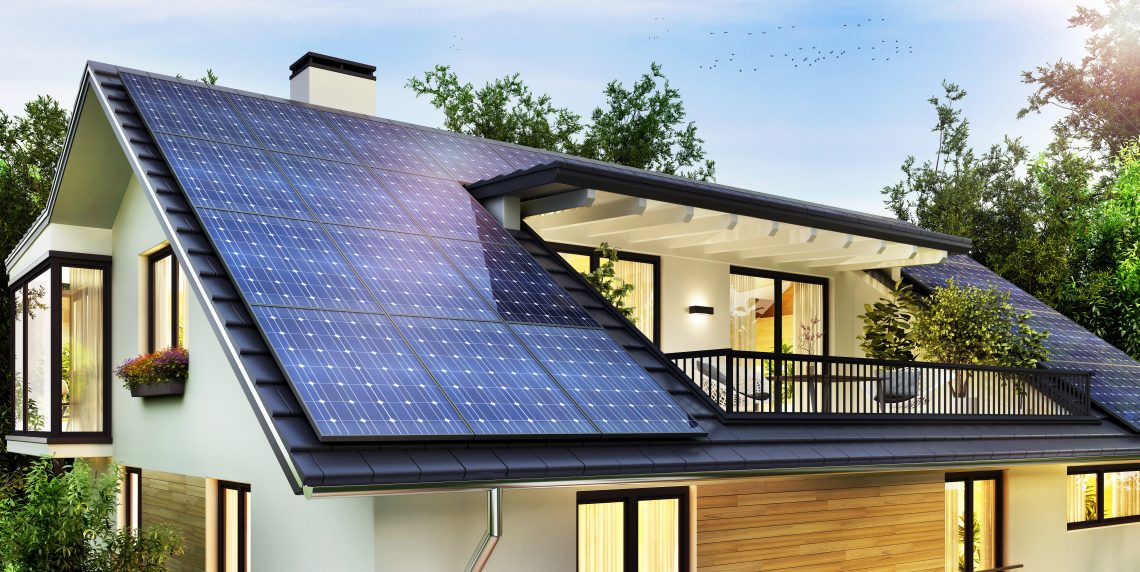
DIY Household Solar Power System: 4 Things To Know
Several homeowners are switching from electric to solar power system for two significant reasons. One of these is that it helps them eliminate or lower energy bills. The second reason is that this strategy helps reduce reliance on nonrenewable power sources. Apart from these two, it also increases the value of a home and could allow an individual to earn tax credit.
Factors To Keep In Mind For DIY Solar Power System Installations
Solar systems are fixed as per a home’s energy requirements, and therefore the price of setting up the entire structure may vary. However, the total cost for purchasing and installing may discourage most people. Because of this, some will either ignore the decision to switch, while others will consider a DIY project. The latter may get instruction from internet videos or blogs from various experts, but it’s not as easy as it may seem.
DIY home improvement projects can have its benefits. They can be fun, educational, and could significantly reduce some expenses for homeowners. That being so, they also require extensive research on methodology. When done wrong, property damage is likely to cost you much on repairs.
If you’re looking to install a solar power system yourself, this article could be helpful. In this post are some of the things you need to know before you start this project.
1. Items That Complete A Solar Panel Kit
A solar panel kit is a package with all the essentials you’ll need to install the whole system. When buying this setup, ensure the box has solar home batteries, a charge controller, an inverter, mounting hardware, and panels.
You may find vendors who don’t sell kits with all these items. This means you’d have to purchase the unavailable ones separately, which could cost more than buying a complete kit at once.
2. Types Of Residential Solar Power Systems
Before buying a solar power system, you have to be sure what kind is suitable for your home. There are three popular types for residential use.
First is the grid-tied structure with no batteries. If your house is connected to an electrical grid, then this would be suitable. Here, the panels are directly linked to the utility line. Therefore, this allows you to switch from solar power to electricity whenever your energy is depleted. Additionally, the system enables you to sell excess power to your utility source, offsetting energy usage. Grid-tied structures are also less costly to buy as no batteries are needed. They’re easier to install and preserve too. However, because the system lacks the backup means to store extra power, if the solar energy depletes and there’s no electricity, then you’d be at a disadvantage.
The second setup is the grid-tied with batteries. This one works like the first one, but the accumulators allow you to store excessive energy. If a solar power is depleted from the system and electricity isn’t available, you can use what’s saved up.
The last type is the off-grid setup. This one is suitable for homes that they don’t have a connection to the utility power. Here, the solar panels charge the system’s batteries, which then supply power to your house directly.
3. Types Of Solar Panels
There are three common solar panel types. There’s the monocrystalline kind whose cells are made from a single pure silicon crystal. Even though they’re the most expensive, some homeowners may prefer these panels as they generate more energy. Aside from that, they offer high performance and may be more durable than other varieties.
The second type of panels is the polycrystalline kind. The process to make them refers to silicon fragments melted together then divided into wafers. They’re more affordable but may be less efficient and durable than the monocrystalline ones.
The last kind is the thin-film solar panel. This type is made of a mix of materials besides silicon. It’s also flexible, portable, and is suitable for houses that don’t require large amounts of power. In addition, it’s more affordable but may be less efficient and durable compared to the other two types.
4. The Number And Size Of Panels May Vary Per Home
Before buying your solar system, you first have to identify the size and number of panels your house would need. The dimensions will depend on your location’s exposure to sunlight and how much energy your home consumes per day.
On the other hand, a few factors can determine the number of panels. These may be the amount of energy each panel produces, the time they’ll be exposed to peak sunlight, and your region’s insolation, or how much sunlight will hit your area.
Conclusion
Having solar power on your property has its advantages. It could help you lower or eliminate electricity charges; however, the cost of buying the entire kit and having a professional fix it for you can be rather expensive. This is why some homeowners prefer setting up the system themselves. Do note that this is only recommended if you have sufficient knowledge of its installation. Otherwise, an expert is more suited to avoid any damages to property and the system itself, which may cost you on repairs.
Nonetheless, if you decide to do a DIY project for installation, make sure the kit you buy has all the essential items you need, to avoid the extra costs of buying parts separately. Also, ensure you identify the most suitable solar system for your home. Lastly, before purchasing your system, establish the type, size, the number of panels ideal for your household, and how much daylight you get on a daily basis.




